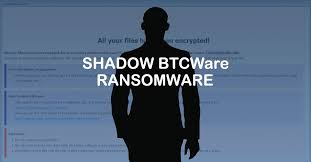Threat Actor SideCopy

About SideCopy APT, active since at least 2019, is a Pakistani threat actor group, targeting many South Asian countries especially India and Afghanistan. Reportedly, it has similarities with Transparent Tribe, APT36, and may be a subdivision of this actor. They generally use archive files as lures, that contains some embedded files like, Lnk, Microsoft Publisher or Trojanized Applications. The lures are of two types: Targeted lures- They are specially designed and crafted to target specific victims, such as, government or military officials. Generic lures- As the name suggests, they are generic like those used in spam campaign to collect emails and credentials that can help the actor performing their targeted attack. These are the ones named as " romantic lures" in a Facebook report. Attack Method SideCopy uses spear-phishing email as its main attack tactic. They lure their victims to click on a link containing an attached malicious file. This way they can start corruptin












